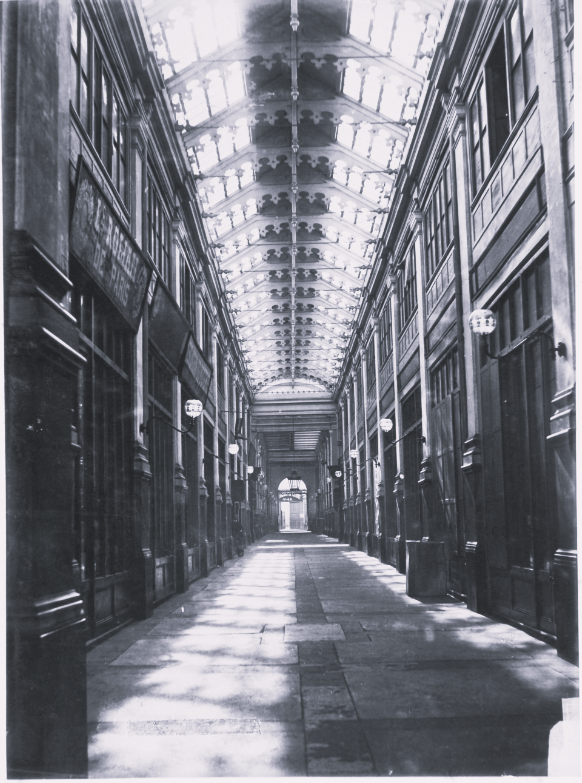The Bulnes Passage: Between Constructed Reality and Theoretical Ideal
Main Article Content
Abstract
This article explores a problem inherent in the classical tradition's architecture: the tension between the ideal and the real, which refers to the struggle between theoretical concepts and the practical reality that influences a project. The emergence of theory also brought the challenge of adapting it to the actual execution of a project, especially for those who worked on both fronts simultaneously.
This issue was addressed by examining an emblematic work by the French architect Claude-François Brunet de Baines in Santiago, Chile: The Pasaje Bulnes. This passage was built between 1849 and 1854, and is connected to his theoretical work, the "Course of Architecture," which he published in Santiago in 1853.
The research method involved drawing the now-disappeared building, based on a photograph from around 1870, the oldest one preserved. Careful observation of this document revealed a series of key clues that facilitated the creation of the drawing and, in turn, provided insight into the building and Brunet de Baines's theoretical work. Information from the "Course of Architecture" and other references were incorporated to achieve this. The drawing became the driving force of the research and the foundation for its content. The thorough analytical process unveiled a previously unknown reality, resulting in unpublished plans and diagrams. These documents provide a clear understanding of Brunet de Baines' original atmosphere and design approach, obscured over the years by various building alterations.
Downloads
Article Details

This work is licensed under a Creative Commons Attribution-NonCommercial-NoDerivatives 4.0 International License.

